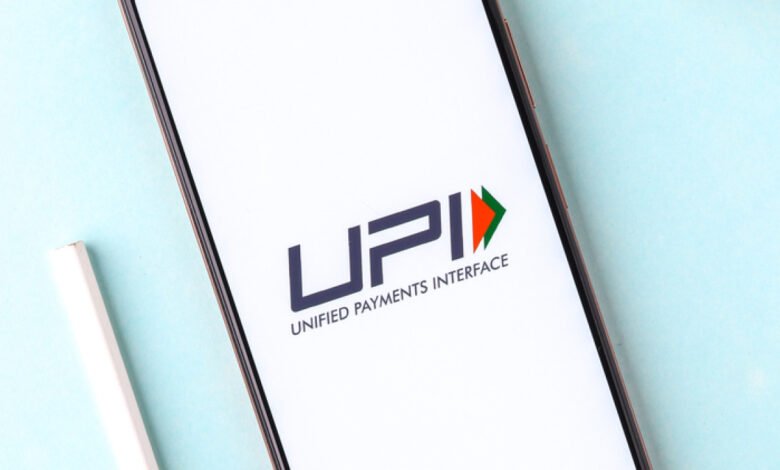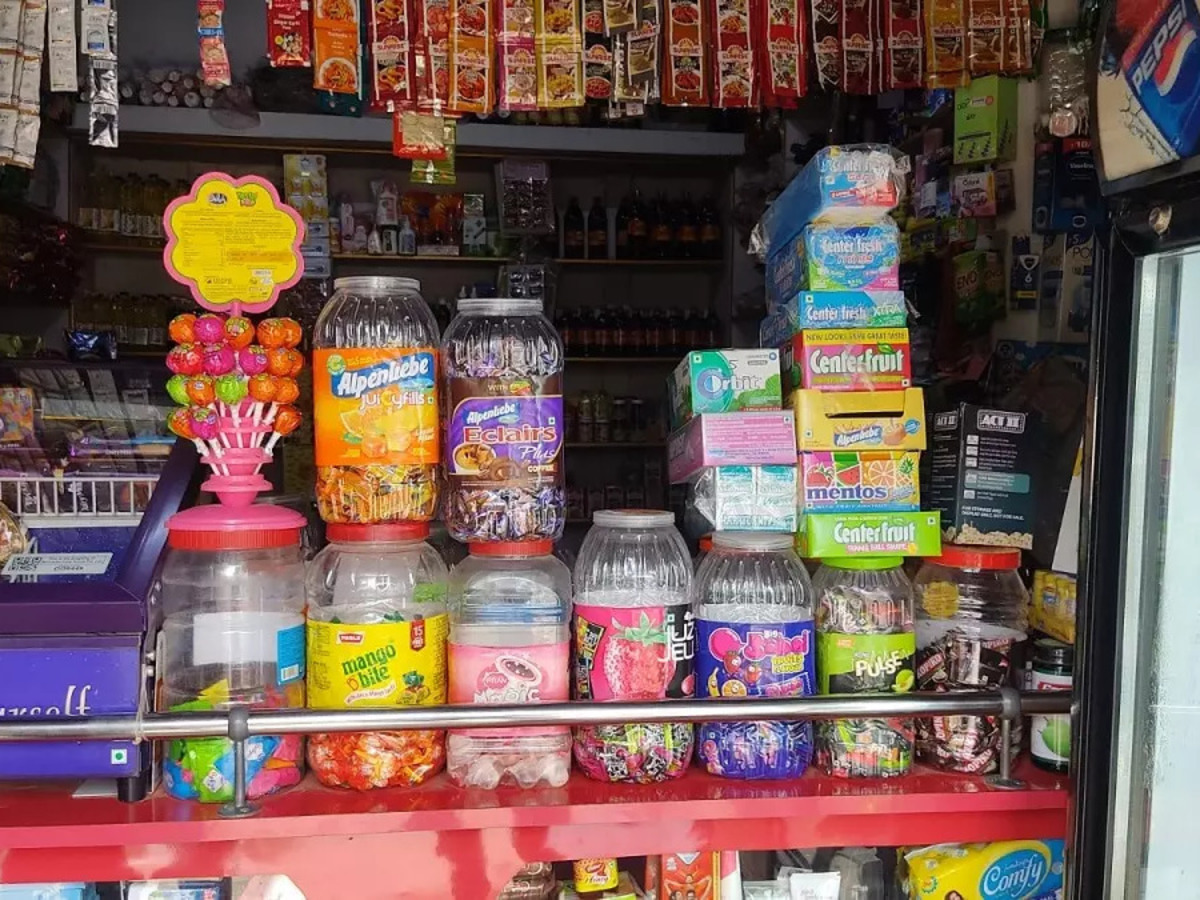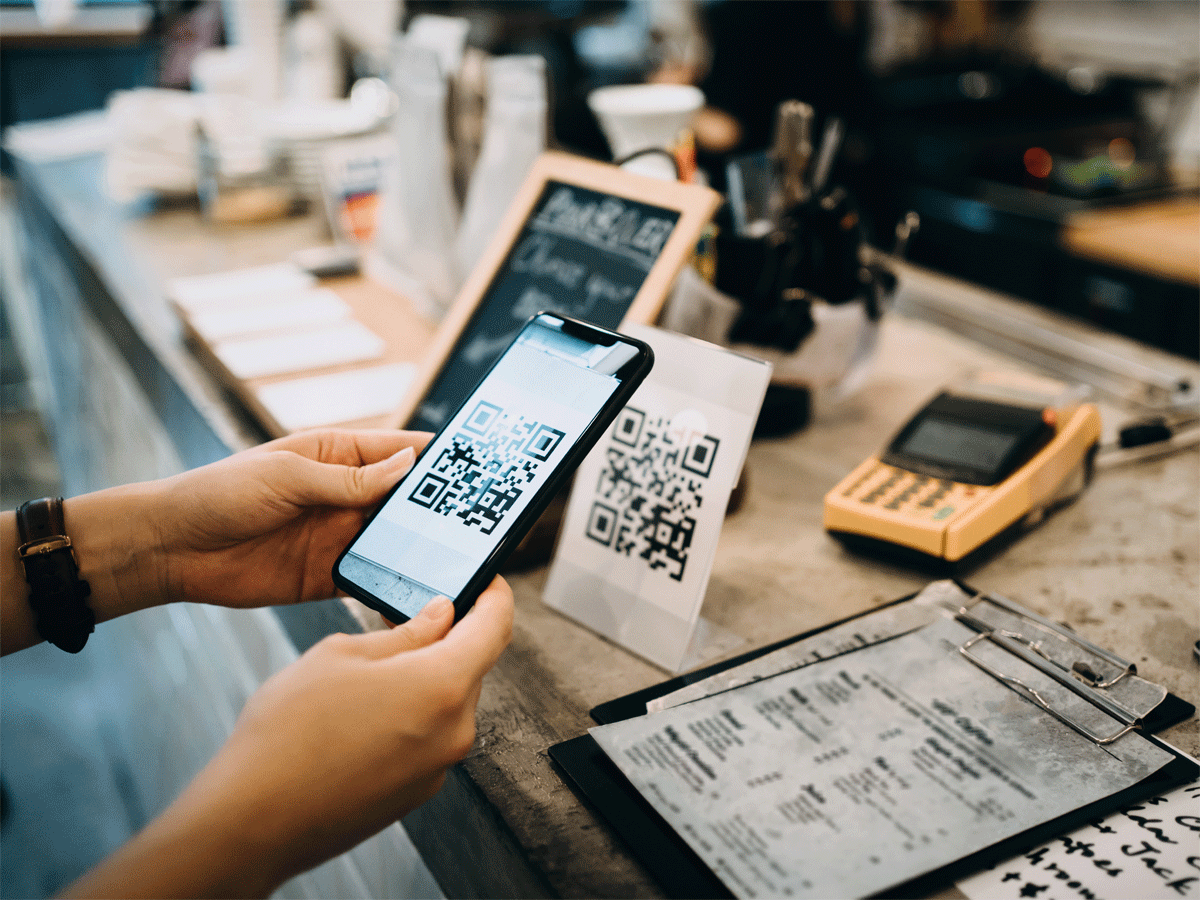UPI is the revolution of the payment system in India but is UPI taking the candy business down?

UPI is the revolution of the payment system in India but is UPI taking the candy business down?
Unheard of or unbelieved before April 2016, the United Payment Interface (UPI) is now the standard-bearer of India’s ongoing financial revolution. A major portion of our society has adjusted to UPI, from a tea vendor selling a Rs 10 Cutting Chai to a shop with an expensive product selection. It actively makes use of the system for smooth payments.
The steady development of UPI has not only created a reliable payment method but has also linked millions of people together on a broad and well-organized digital platform. The candy industry, for example, is being significantly impacted by this digital platform at the same time.
However, not everyone is happy about it. On a completely unrelated subject, many individuals believe that the growth and development of UPI have been detrimental to the candy industry. When the shopkeeper didn’t have change, they used to offer candy.

Before the arrival of UPI, shop owners would trade excess cash for toffees; the transaction did not occur the other way around. According to the report, many customers admitted that these small amounts did eventually grow to represent large amounts of money. GrowthX founder Abhishek Patil said, “All of this was put to an end by UPI because individuals began paying the full amount required without trying to negotiate, which killed off the daily toffee sales.”
Patil also claimed that the virus was to blame for the rise in UPI usage nationwide. Because the majority of the crowd was frightened about the pandemic, everyone wanted to use contactless payments. Toffee was no longer an option as a result, and there was also a drive toward electronic payments, Patil continued. Any toffee manufacturer would never have considered financial products as a rival. According to him, toffees were a cash substitute, and UPI supplanted this necessity and behavior.

About UPI
This digital payment gateway system is regulated by the Reserve Bank of India and was created by the National Payments Corporation of India. The beauty of UPI is that since it is an open-source API, any mobile payment app developed by PSP companies or Banks can access it (Application Programming Interface). It acts as a conduit, connecting banks, merchants, and customers to allow easy, speedy transactions.
Cash and other conventional payment methods accounted for a large portion of the Indian economy until the UPI was introduced in 2016.
Currently, India has access to instantaneous money transfers at the touch of a finger, as opposed to bartering or exchanging goods for gold and silver coins.
The beauty of UPI resides in its simplicity, as opposed to IMPS, which requires the recipient’s bank account information and IFSC code to complete a transaction. UPI is based on the IMPS infrastructure. Any compatible mobile app allows users to access any bank account, and all that is needed to start a transaction is the recipient’s UPI ID, which can take the form of a mobile number, a QR code, or even just the Virtual Payments Address. The UPI transaction PIN is the same for all UPI payment applications, allowing for increased cross-operability and the ability to make payments 24/7/365.
It is not required to rely on particular banks because UPI is centralized. UPI was developed as a digital public infrastructure that can be utilized by all players, large and small, including customers and merchants, with seamless interoperability and no transaction fees, which is why it is so widely used. To encourage healthy competition and prevent oligopoly, the Reserve Bank of India (RBI) has also imposed a cap on the percentage of the market that players in UPI payments may hold.
People in India no longer prefer carrying currency and the country is moving toward being a cashless society. Obtaining change and waiting for change is both hassle-free. UPI transactions made possible by apps like GooglePay, PhonePe, and PayTM were a blessing in disguise even during the pandemic, when social withdrawal was the accepted norm. People are moving toward UPI transactions with an almost natural propensity.
Without a doubt, it is now obvious that this industry is headed for explosive expansion shortly. Digital payments in India are now at a boom and peak, especially with the pandemic.

There are some factors for which UPI is so acceptable by Indian people:
- Simple and Individualistic: From the user’s favorite App, making a payment or receiving one is as simple as a single click or swipe. The UI/UX has been improved and made simpler for widespread use.
- Innovative: It should be highlighted that the Immediate Payment Service (IMPS) infrastructure has been crucial to the enormous success of UPI. Transactions have been easier since adopting a UPI ID in place of typing bank account numbers and IFSC codes. To create an innovative platform, integration with the Bharat Bill Payment System (BBPS) for recurring Bill Payments has become essential.
- Inclusive: UPI is inclusive and not just restricted to one App. GooglePay, Paytm, and PhonePe are the leading UPI growth drivers, with WhatsappPay and AmazonPay joining the fray. The UPI’s interoperability shows that after registering, a user can immediately transfer or receive money from anyone else using the UPI system.
- Security: UPI’s high level of security is one of its strong points. Data protection and end-to-end security are reliably provided by UPI. Users must first register for UPI using the same cellphone number already registered with the bank. UPI operates on a highly secure platform. The platform is further strengthened by the KYC mandate from the RBI.
In terms of volume, UPI is the largest retail payment system in the nation, and monthly UPI transactions outnumber those made using debit and credit cards combined. Additionally, 50% of all UPI transactions have a value of up to Rs 200. UPI has been so successful that many nations, including Brazil, Singapore, Saudi Arabia, the United States, and the European Union, are trying to implement a similar system in their regions.
edited and proofread by nikita sharma




